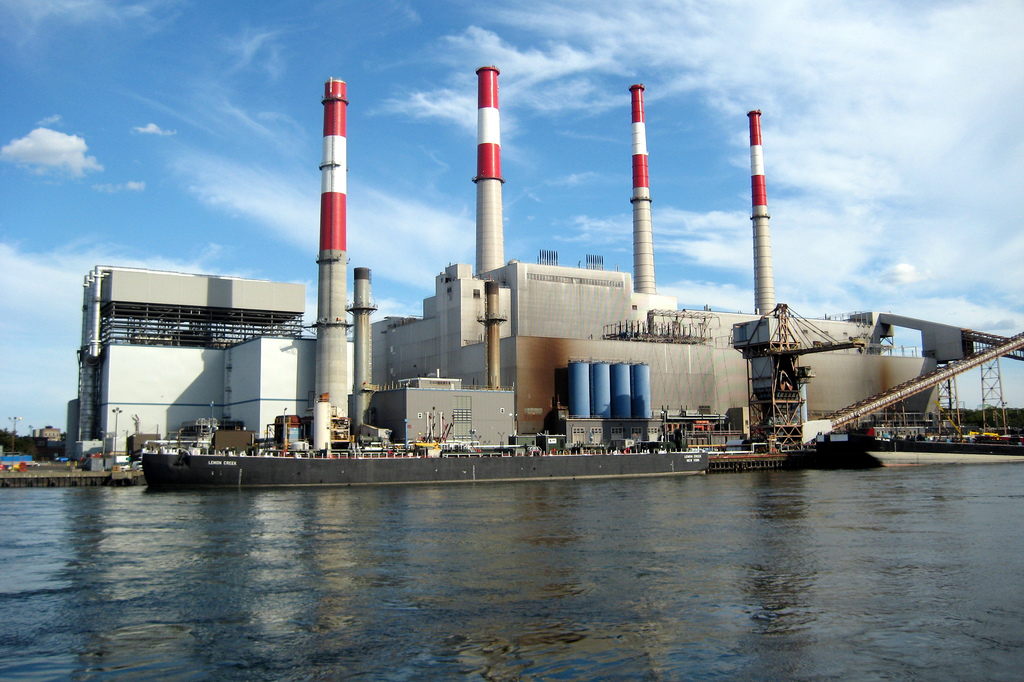A bill introduced by Councilman Costa Constantinides last year to get power plant operators citywide to stop burning the dirtiest grades of oil to power them passed in the City Council earlier this week.
More than 50 percent of the city’s power comes from power plants located in Astoria and Long Island City. Constantinides held a press conference last December to call for an end to using number 4 and number 6 oils, which can cause serious health effects for people living near these plants.
The Ravenswood Generating Station or Big Allis, located at 36th Avenue and Vernon Boulevard, currently burns 3,264,000 gallons of number 6 fuel oil a year. Astoria Generating Station, located at 31-01 20th Ave., burns 3,039,000 gallons of number 6 fuel oil a year.
Local Law 38, which was passed in 2015, requires power plants in the city to stop using fuel oil number 6 by 2020 and number 4 oil by 2030.
Under the new law, operators can implement the 2020 deadline for number 6 oil and also phase out number 4 oil by 2025. They also have the option to phase out both oils by 2022 and transition to ultra-low sulfer number 2 oil or other options.
“For decades, power plants have been notorious for emitting dangerous pollutants that risk our environment and public health,” Constantinides said. “This pollution has contributed to increased respiratory illness, higher asthma rates, emergency room visits and other public health issues. Ending use of dirty fuel oils will reduce these emissions and bring benefits to our public health.”
Fuel oils number 6 and number 4 are the dirtiest oils available to these operators and they are linked to air pollutants, including nitrogen oxides, sulfur dioxide, carbon dioxide, methane and particulate matter. Operators use these oils because they are cheaper than others and using other fuel requires plants to replace oil burners and switch heating systems.
In an environmental assessment accompanying the bill, the report found that these changes would result in reductions of up to 125,000 tons of carbon dioxide, 3,600 tons of sulfur dioxide, 1,000 tons of particulate matter and 3,500 tons of nitrogen oxides.
According to the Department of Health, Astoria and Long Island City are more polluted than the rest of the borough and the city. In these neighborhoods, the levels of PM2.5, the most harmful air pollutant, are 8.9 micrograms per cubic meter, compared with 8.4 in Queens and 8.6 citywide.
The Environment New York Research & Policy Center found in 2014 that the Ravenswood Generating Station was the largest carbon polluter in the state.
Jennifer Link, spokesperson for TransCanada, the company that owns the Ravenswood Generating Station, told QNS they are on track to switch to number 4 fuel oil by 2019.
“We are currently in the process of changing the facility’s fuel oil from number 6 to number 4 to be compliant with citywide regulation; this will be complete in 2019, ahead of the requirement,” Link said.
The bill must also be signed by Mayor Bill de Blasio.


































